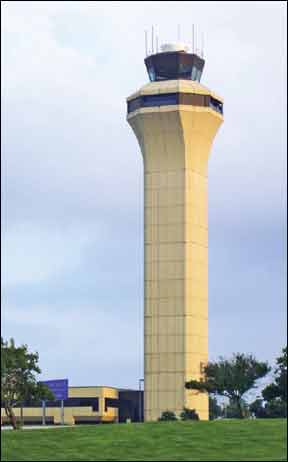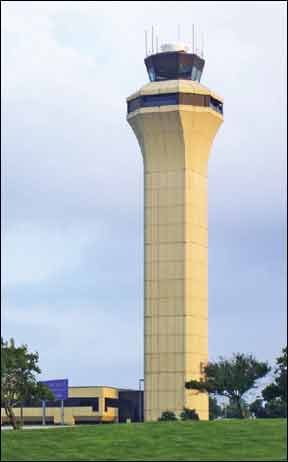Last month in this space, I discussed the FAA’s plans to close scores of control towers around the country as part of its reaction to ongoing, manufactured federal budget crises. On April 5, two days before the first round of tower closures was scheduled and as this issue was being finalized, the FAA suddenly announced it would “delay the closures of all 149 federal contract air traffic control towers until June 15.”

288
The agency’s press release containing the announcement stated, “This additional time will allow the agency to attempt to resolve multiple legal challenges to the closure decisions. As part of the tower closure implementation process, the agency continues to consult with airports and operators and review appropriate risk mitigations. Extending the transition deadline will give the FAA and airports more time to execute the changes to the National Airspace System.”
The FAA’s decision came the same day the Associated Press published an article on the subject, which noted “the FAA has been using 30-year-old data on aircraft collisions to justify the cost of operating many of the control towers, even though accident rates have improved significantly over that time.” Acknowledging the AP story and its findings, the FAA said, “None of the formulas have been updated since 1990, despite a very significant change in the aviation operating environment and the general aviation and commercial accident rates.” The AP went on to quote the agency as saying, “The FAA is in the process of updating this policy.”
Any number of questions flow from these events, not least of which is why hasn’t the FAA updated its tower-establishment criteria over the last decades? Additionally, which FAA towers won’t meet these criteria today? And, if the agency earlier had no choice but to close the towers thanks to sequestration, under what legal authority is it presently keeping them open? We’ll ask these and other questions of the FAA and report back with any responses we receive in a subsequent issue.
Meanwhile, the tower-closure decision has generated a storm of controversy here (see the letter “Of Towers and Safety” on the opposite page), at our online sister publication AVweb.com and elsewhere. In the same ways an NDB approach is just as safe as an ILS, many pilots, perhaps with an overdose of invulnerability, don’t believe all the towers are necessary. We’re not convinced they’re necessary for safety reasons, either. But, and as we noted here last month, the efficient and orderly flow of all air traffic is at risk due to these and other funding cuts.
And that’s the real, big-picture problem we have with all this: At a time when the government should be doing everything it can to promote efficiency, job growth and productivity, it’s doing the exact opposite.
— Jeb Burnside




